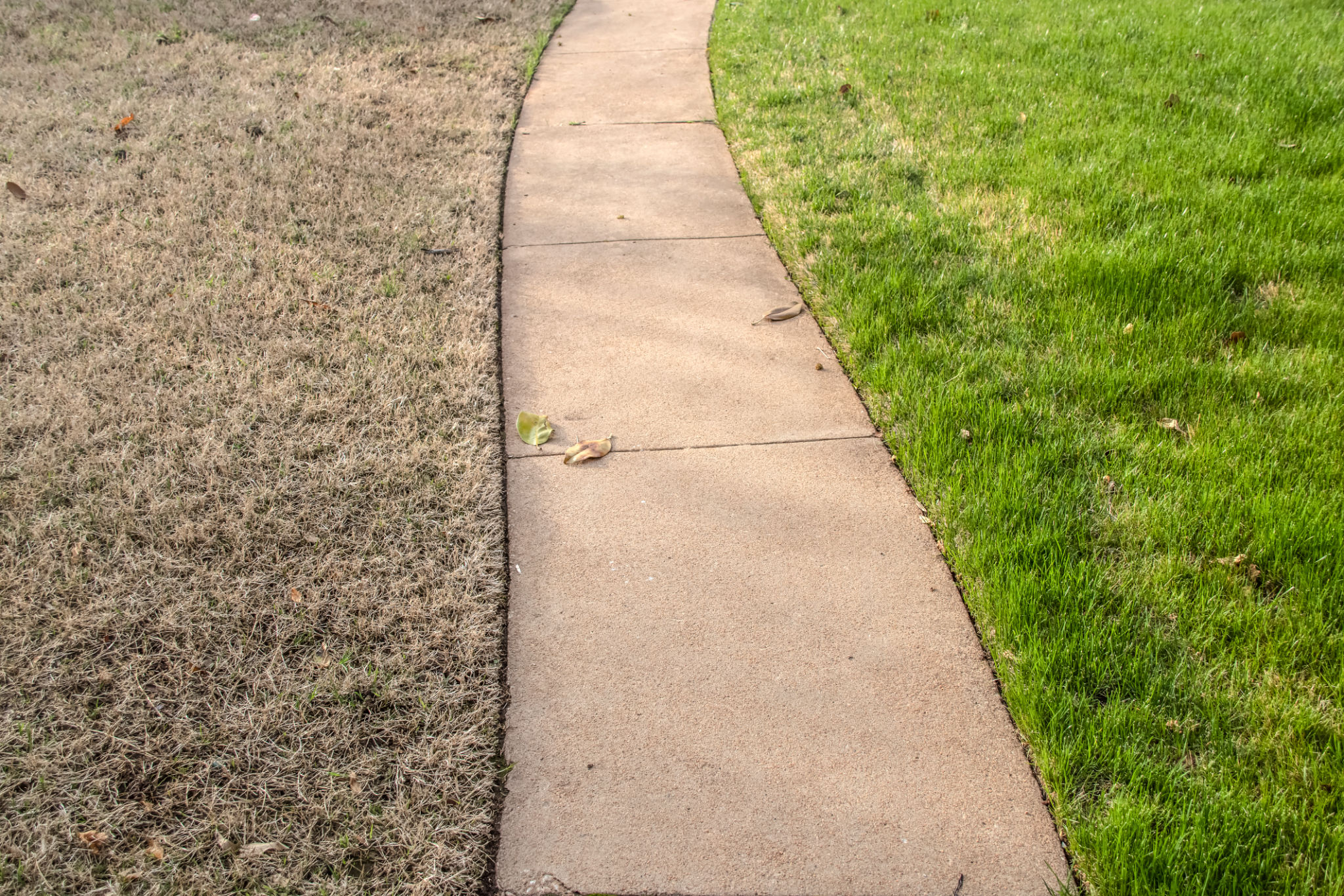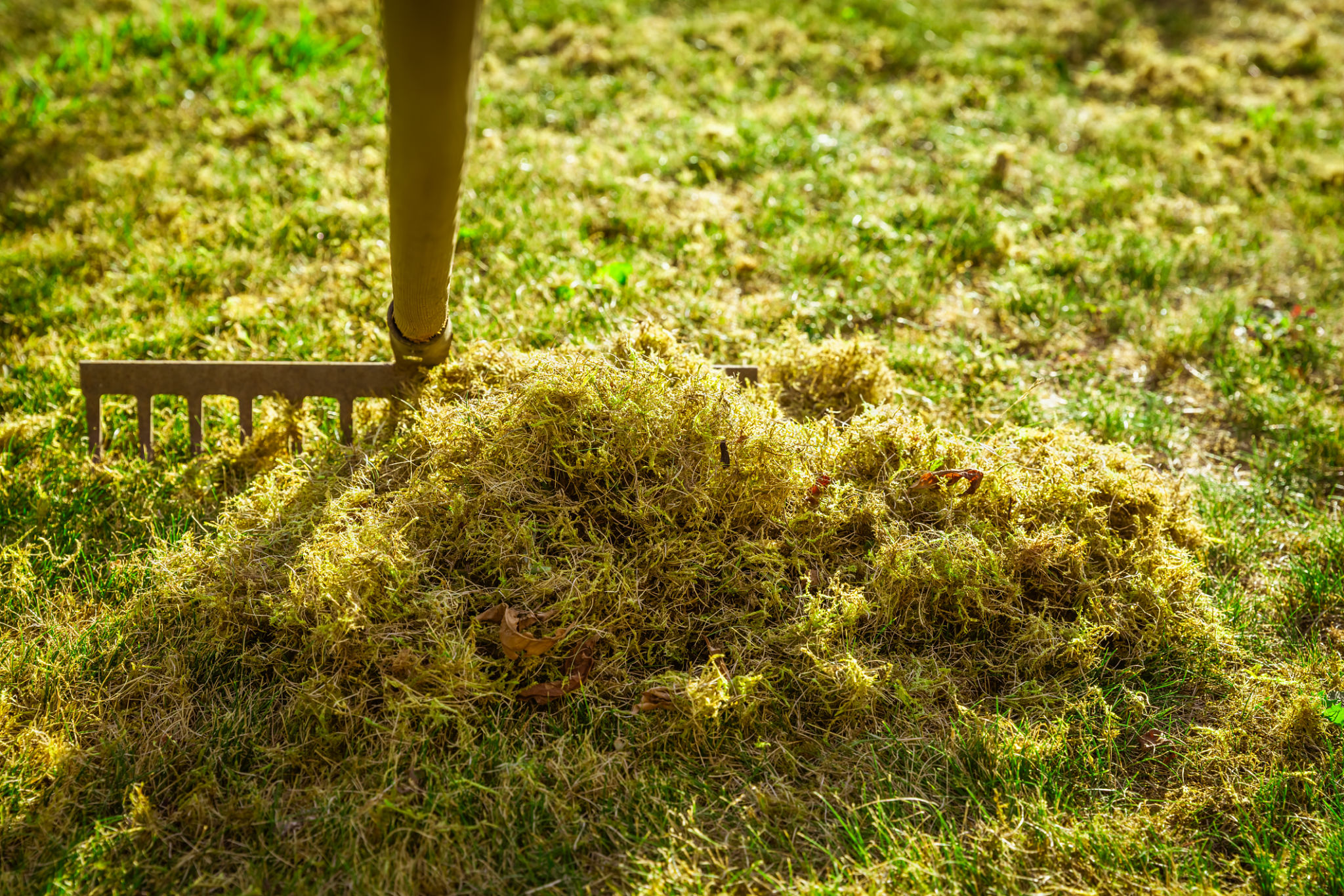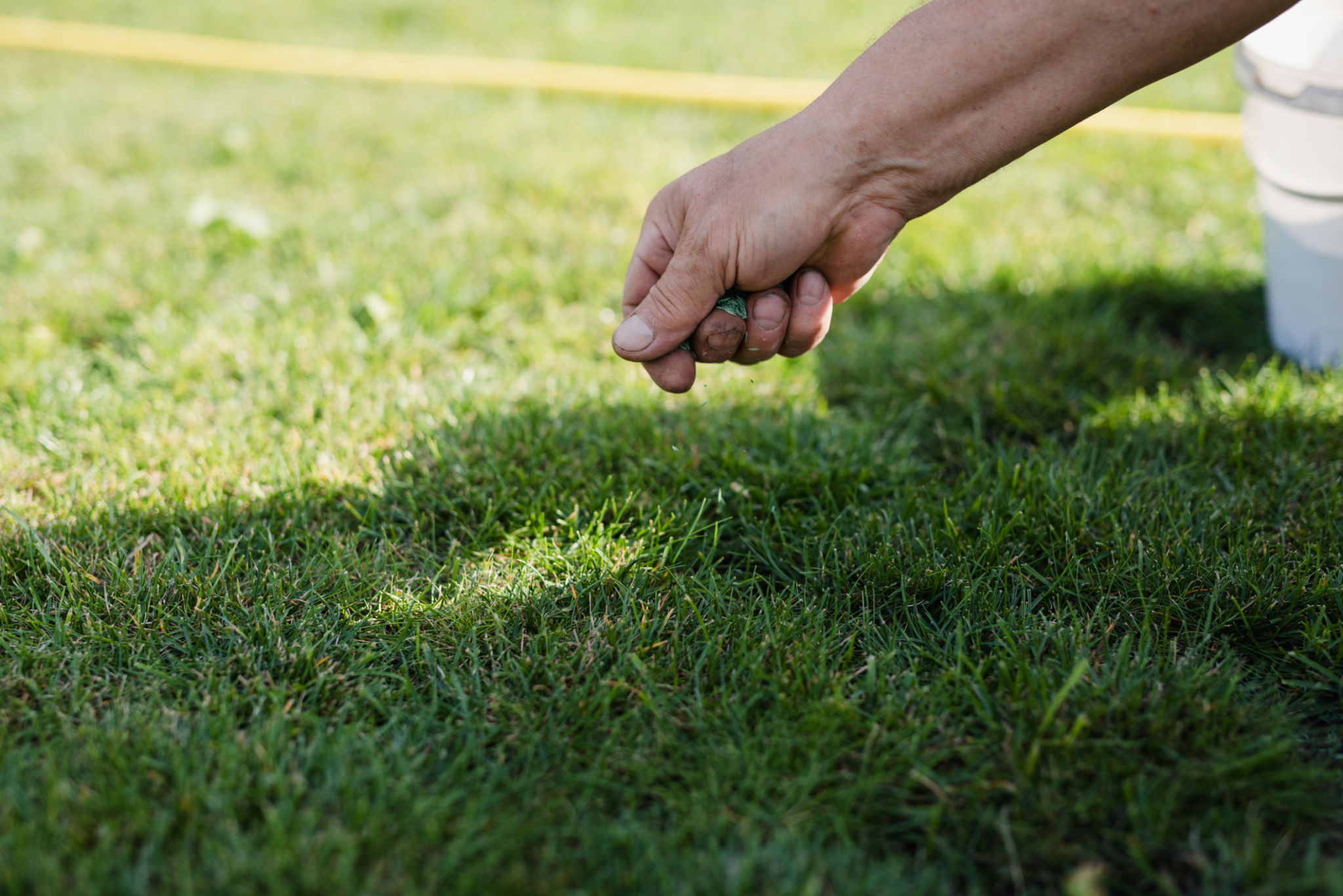How to Prepare Your Yulee Lawn for Spring: Essential Tips and Tricks
Assess Your Lawn's Current Condition
As winter comes to an end, it's essential to take a walk through your Yulee lawn and assess its current state. Look for any signs of disease, pests, or areas where the grass appears thin or patchy. This initial evaluation will help guide your efforts in preparing your lawn for a healthy and vibrant spring.
Pay attention to the thatch layer, which is a layer of dead grass and roots that can build up between the soil and the green grass. If it's more than half an inch thick, consider dethatching to allow nutrients and water to reach the soil more effectively.

Clean Up Your Yard
Before you can start any lawn care activities, it's crucial to clear away debris that has accumulated over the winter months. Remove fallen branches, leaves, and any other debris that might be covering your grass. This will not only improve the appearance of your yard but also prevent mold and disease from taking hold.
Once your yard is clean, it's easier to spot any trouble areas that need extra attention. A tidy lawn sets the stage for successful springtime growth and ensures that sunlight and air can reach the grass effectively.

Aerate the Soil
Aeration is a critical step in preparing your lawn for spring. It involves perforating the soil with small holes to allow air, water, and nutrients to penetrate the grassroots. This process helps alleviate soil compaction, which can hinder root growth and ultimately affect the health of your lawn.
If you notice that your soil is compacted, consider renting an aerator or hiring a professional service to do the job. Aerating in early spring can significantly improve your lawn's ability to absorb nutrients and support robust growth.

Fertilize for Growth
After aerating, it's time to fertilize your lawn. Choose a high-quality fertilizer that's appropriate for your grass type. Fertilizing helps replenish essential nutrients that may have been depleted over the winter months, promoting strong root development and lush, green growth.
Apply the fertilizer evenly across your lawn, following the manufacturer's instructions carefully. Over-fertilizing can be harmful, so it's crucial to use the right amount. Consider using a slow-release fertilizer for sustained nourishment throughout the growing season.
Overseed Thin Areas
If you noticed any thin or bare patches during your initial assessment, early spring is an excellent time to overseed these areas. Choose a grass seed that matches your existing lawn to ensure uniformity in color and texture.
Before overseeding, loosen the top layer of soil with a rake to ensure good seed-to-soil contact. Water the seeded areas regularly to keep the soil moist until the new grass begins to establish itself.

Water Wisely
Proper watering is crucial for maintaining a healthy lawn. In the early spring, you may not need to water as frequently as in the hotter months, but it's important to ensure that your lawn receives adequate moisture. Check the weather forecast and adjust your watering schedule accordingly.
A good rule of thumb is to water deeply but infrequently. This encourages deep root growth and helps your lawn become more drought-resistant as temperatures rise.
Monitor for Pests and Diseases
Finally, keep an eye out for any signs of pests or diseases as your lawn begins to grow. Early detection is key to preventing widespread damage. If you notice any unusual spots or insects, consult with a local garden center or lawn care expert for advice on how to address the issue.
By following these essential tips and tricks, you can ensure that your Yulee lawn is well-prepared for a thriving spring season. With proper care and attention, your lawn will become a beautiful outdoor space for relaxation and enjoyment.